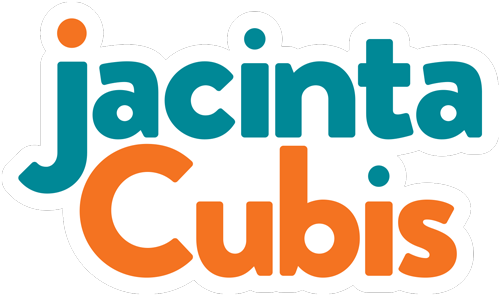Lead with your question
Scene setting is something we expect in a movie.
I’m not sure how helpful is it when you’re asking questions at a meeting. As with most things, I guess it depends.
It’s causing the chair of one board a lot of frustration. We got chatting at a dinner last week, where everyone in the room was on at least one Board or applying to get on one. Except for me and a couple of others – but that’s another story.
On hearing that I help groups have productive conversations, she confided her frustration with the way some of her board members were asking questions.
‘When it’s time for questions, some take up a lot of time building up to their question – like their setting the scene,’ she explained.
Boards need to interrogate proposals, projects and people. It’s not the act of questioning or even how many questions that is the problem here. It was the way some of the questions are being asked that is.
This board chair finds herself having one-on-one chats with some board members about their ‘questioning style’. Those ‘scene-setting’ questions are adding to meeting time and taking up extra time for the chair and the ‘offending’ board member.
To save everyone time, I asked if she could make ‘how we ask questions’ an item on their next agenda and perhaps revisit it every quarter.
I think I actually saw the light bulb go on above her head. ‘What a great idea!’
Digging a little more, it sounds like she wants her board colleagues to get to their point a little faster. Maybe her board could experiment with starting with the question, I suggested, and if they feel context is vital, add it after.
A second light bulb. It was getting bright at our table.
Another way to think of it is not to ‘bury your lead’, a truism from my years working in communications. Why make busy journalists on deadlines struggle for it? If you left it at the end, it would not get a run – ever.
I encouraged my policy colleagues in the past to do the same. Put the ‘background’ where it belonged – at the end of the report or paper, not up front. Scene-setting might make sense, chronologically, but it is guaranteed to lose the interest of a busy Minister or Executive. Switch it around. Start with the recommendations and findings up front. That makes it easier for the reader to see their decision point faster. They can choose to dive deeper if they want.
At that dinner, there were people from every board you could imagine. Public, corporate and not-for-profit. Across education, health, disability, family violence, housing, technology, credit unions, sustainability, international development, philanthropy and social enterprise.
The one thing they all do is hold meetings. For the board, it’s committees and working groups. If I’ve missed one, let me know.
Boards often have packed agendas, a keen appetite for discussion and carry the heavy responsibility for making crucial decisions. All against the clock.
Sketch: by Jacinta Cubis
I wonder how your board asks questions? Is it adding unnecessarily to your meeting time? I wonder if it’s worth checking. I can’t wait to ask my dinner companion how her board responded when she asked them.
Here’s three questions that I hope you find useful, regardless of whether you’re on a board:
✨ What’s your lead?
✨ What’s your recommendation?
✨ What’s your question?
Game for Solutions: Learn how to get 30 solutions for 10 problems with 10 people in 1 hour
Are you racking your brain for an activity that will engage your group after lunch? Need an innovative way to help a group collaborate and produce practical results in 1 hour? Do you feel a bit tired with doing the same things? Learn Game for Solutions with me at my 90-minute online workshop, with a maximum of six people. Choose from two sessions: Thursday October 19 4.30pm (AEDT and Friday October 20 9.30am (AEDT). Empower groups, build trust and have some serious fun.
Email me with GAME in the subject field if you'd like to know more.



